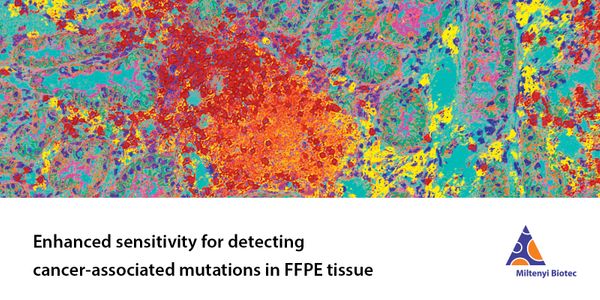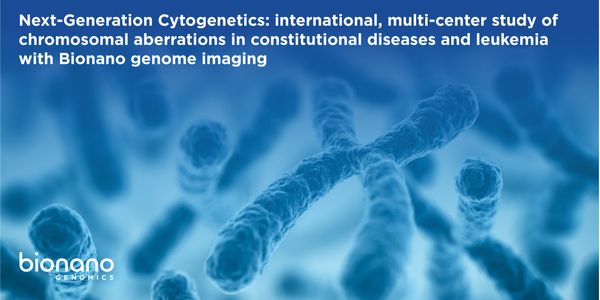Tumor heterogeneity
Tumor heterogeneity describes differences between tumors. Tumor heterogeneity can refer to differences between (1) tumors in different patients, (2) cancer cells in an individual patient's tumor, or (3) a primary and metastatic tumor. Understanding the heterogeneity of a tumor can facilitate diagnosis and treatment.
-
Cell therapies, including chimeric antigen receptor (CAR) T-cell therapy, are emerging as promising treatments, especially for hematological malignancies. However, many challenges remain in...Speaker: Adriana Suarez, Ph.D.
FEB 11, 2021 | 10:00 AM
Date: February 11, 2021 Time: 10:00am (PST), 1:00pm (EST) Nanobodies are single-domain antibodies derived from heavy-chain-only antibodies (HcAbs) commonly found in camelids, consisting sole...
Visit the RoundTable Room to participate in live Q&A with all the speakers!...
Speaker:
Charalambos C. Solomides, MD
, Sara Eglitis, MS, QIHC
, Faruk Erdem Kombak, MD
, Srabani Bhaumik, PhD
, Nelson Alexander, PhD
Presented at: DISCOVERY Global User Symposium
Ensuring that clinical tests are not affected by tumor heterogeneity requires a sampling methodology that captures the genomic, proteomic, and cellular diversity of entire solid tumors. Howe...
Visit the RoundTable Room to participate in live Q&A with all the speakers!...
Speaker:
Charalambos C. Solomides, MD
, Sara Eglitis, MS, QIHC
, Faruk Erdem Kombak, MD
, Srabani Bhaumik, PhD
, Nelson Alexander, PhD
Presented at: DISCOVERY Global User Symposium
Ensuring that clinical tests are not affected by tumor heterogeneity requires a sampling methodology that captures the genomic, proteomic, and cellular diversity of entire solid tumors. Howe...
OCT 08, 2020 | 10:00 AM
DATE: October 8, 2020 TIME: 1:00pm PDT Microsatellite instability (MSI) has evolved as a marker of potential hereditary cancer risk and is now a tissue agnostic immune biomarker with a broad...
Individuals of under-represented minority ancestry are at disproportional risk for higher incidence and mortality rates for particular cancers. The unequal burden of cancer in certain racial...
Speaker:
Steven R. Patierno, PhD
This webinar covers our latest solutions for improved culture of primary and xenotransplanted tumor cells. Get insights into dissociation of fresh tumor samples into viable single-cell suspe...
Speaker:
David J. Agorku
Presented at: Cancer Research & Oncology Week Virtual Event Series 2020
Sponsored By: Miltenyi Biotec
Sponsored By: Miltenyi Biotec
Intro to high-dimensional data analysis 3:00–3:30 pm PDT Presented By: El-ad David Amir, PhD FAUST: A new interpretable machine learning approach for automated gating 3:30–4:00 p...
Speaker:
Trevor McKee, PhD
, El-ad David Amir, PhD
, Raphael Gottardo, PhD
Presented at: 9th Annual Fluidigm Mass Cytometry Virtual Summit






















